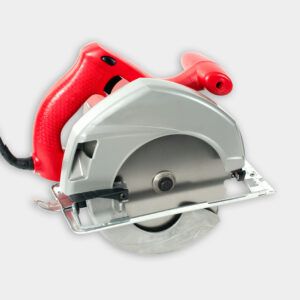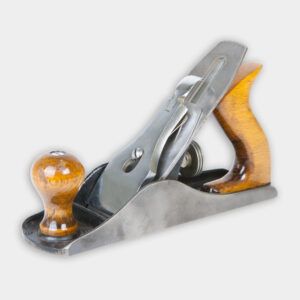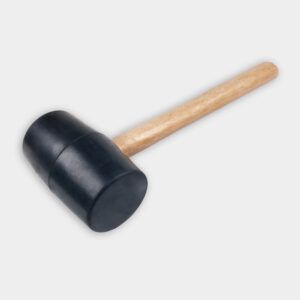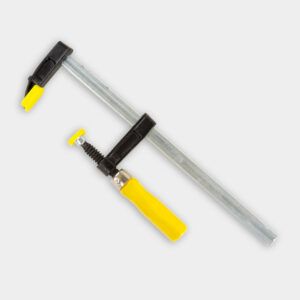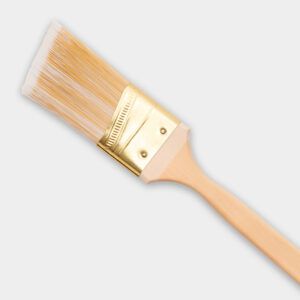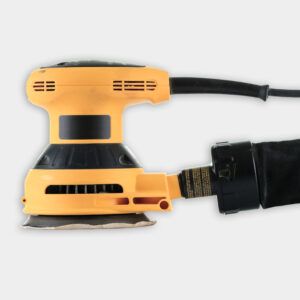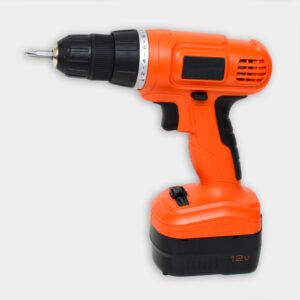Building your own rustic dining table can add warmth and character to your living space. If you properly prepare, gather the necessary tools, and finish the job with precision, the start-to-finish construction can be a breeze. Learn how to craft a rustic dining table using spalted maple and pre-made table legs in This Old House expert Jimmy DiResta’s video above, and read the step-by-step guide below for more tips.
Selecting Materials for Your Rustic Table
The materials you choose will define the look and feel of your table. Rustic tables typically feature wood with natural imperfections, which gives each piece its own unique character.
Wood Selection
Use wood with distinct features to achieve a rustic appearance. Consider the following varieties:
- Pine or oak that feature knots and imperfections
- Reclaimed barn wood
- Rough-sawn lumber
- Spalted maple
DiResta uses spalted maple, which features unique patterns that are formed by early decay. These natural markings give the tabletop a one-of-a-kind look.
Table Base Options
You can either build a custom base for your table or use pre-made components. DiResta uses a pre-made table leg kit, which saves time and offers a polished finish without the need for advanced woodworking skills. Other options include repurposed materials, wrought iron bases, or wooden trestle-style supports.
Tools
Gather the tools and materials below before you get started on this project:
- Circular saw
- Clamps
- Edge planer
- Floating tenons
- Glue
- Milk paint
- Oil-based stain
- Pocket hole jig
- Pre-made table leg kit (or custom materials for base)
- Reclaimed barn wood, rough-sawn lumber, spalted maple, or pine/oak
- Sandpaper of various grits
- Surface planer
- Table saw
- Tenon joiner
- Wax finish
- Wood screws
Preparing the Wood for Your Rustic Tabletop
Prepare the wood before you assemble the table so that your elements look great and last a long time. Follow the steps below.
- Initial cuts: Cut the boards to length using a circular saw. This makes handling the wood easier for later steps.
- Edge refinement: Remove any live edges or irregularities so that your boards are straight.
- Edge straightening: Use a table saw to straighten the edges further.
- Thickness planing: Run the boards through a planer to keep uniform thickness.
- Layout: Arrange the boards so that the grain creates a cohesive look.
Joining the Rustic Tabletop Boards
Use floating tenons to create a strong and seamless tabletop. Here’s how to assemble the boards:
- Marking for tenons: Mark the spots at which you’ll position the tenons on each board. This will keep your elements aligned during assembly.
- Tenon joiner: Use a joiner to cut the holes for tenons on both sides of each board.
- Gluing: Apply wood glue to the holes and insert the tenons.
- Connecting: Glue the edges of the boards and fit them together. Make sure everything lines up so that you aren’t left with gaps.
- Clamping: Clamp the boards and allow the glue to dry for a couple of hours.
Assembling the Rustic Dining Table Base
You can assemble the table base while the tabletop dries. Follow the manufacturer’s instructions if you purchase a pre-made kit. Pre-made bases often come with threaded inserts, which eliminate the need for glue.
Finishing Your Rustic Dining Table
Once you’ve assembled the table, you can move on to finishing tasks to enhance the table’s rustic character and protect the wood. Once the glue is dry, square up the ends of the tabletop with a circular saw. Start sanding the tabletop with coarse-grit sandpaper, and work up to finer grits for a smooth surface. Focus on the joints so that they’re flush with the rest of the table.
Consider the finishes below.
- Clear polyurethane: Clear poly coating is durable enough to handle high-traffic surfaces.
- Milk paint: Paint can add a weathered, vintage feel.
- Oil-based stain: A stain will bring out the wood grain and deepen the wood’s color.
- Wax finish: This is a natural, low-sheen option that’s easy to maintain and gives the table a warm look.
Attaching the Rustic Tabletop to the Base
The final step in the building process is to secure the tabletop to the base so that your piece is stable. Place the tabletop on the base. Center and align it so that it’s balanced. Use the pre-drilled pocket holes in the apron to attach the top. This method secures the tabletop without visible screws. Drive screws through the pocket holes into the underside of the tabletop. Make sure all connections are secure and that the table is level.
Tips for Achieving a Rustic Look
Consider the tips below to achieve the perfect rustic look:
- Experiment with distressing techniques, such as wire brushing or using chains to create a textured surface.
- Mix different wood types or finishes to create a more eclectic and personalized look.
- Preserve imperfections in the wood, such as knots or spalting, which add authenticity and charm.
- Select hardware with an aged or antique finish to complement the rustic theme.
